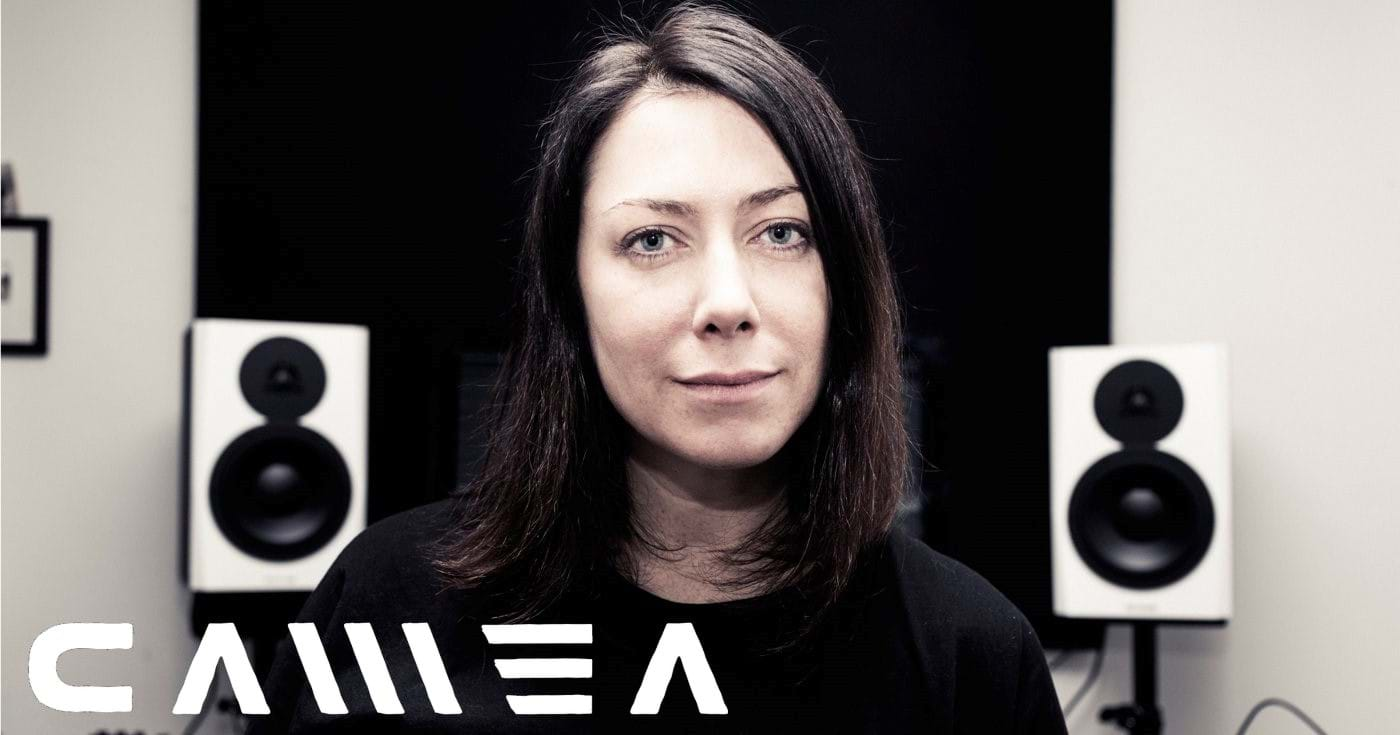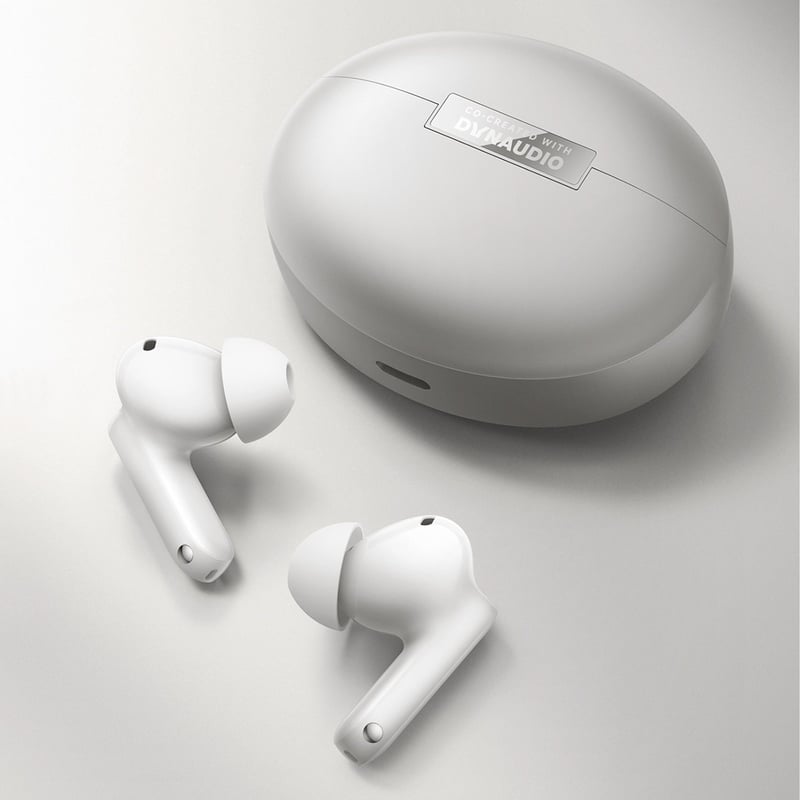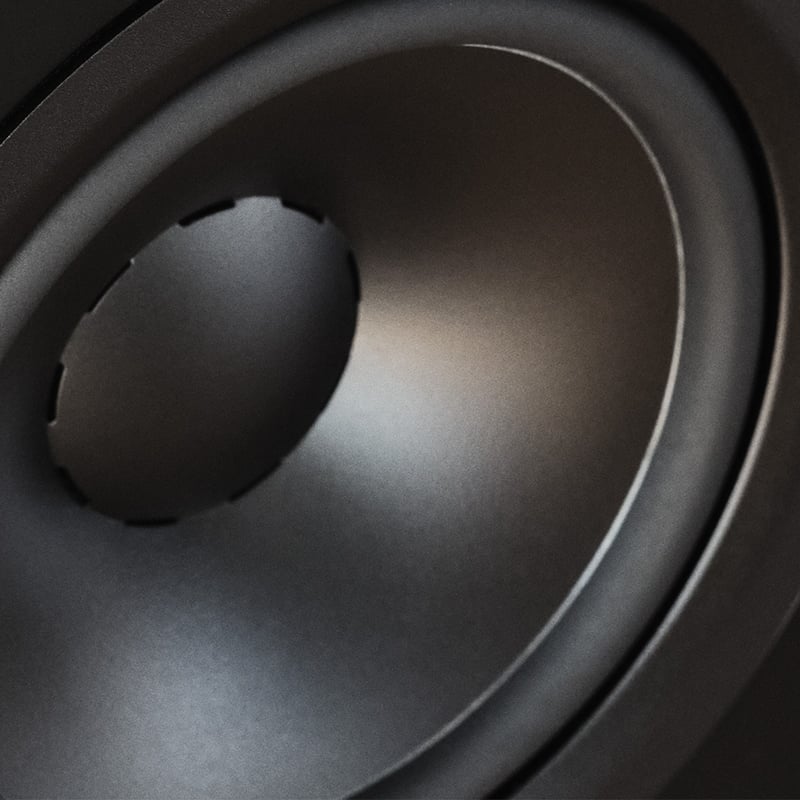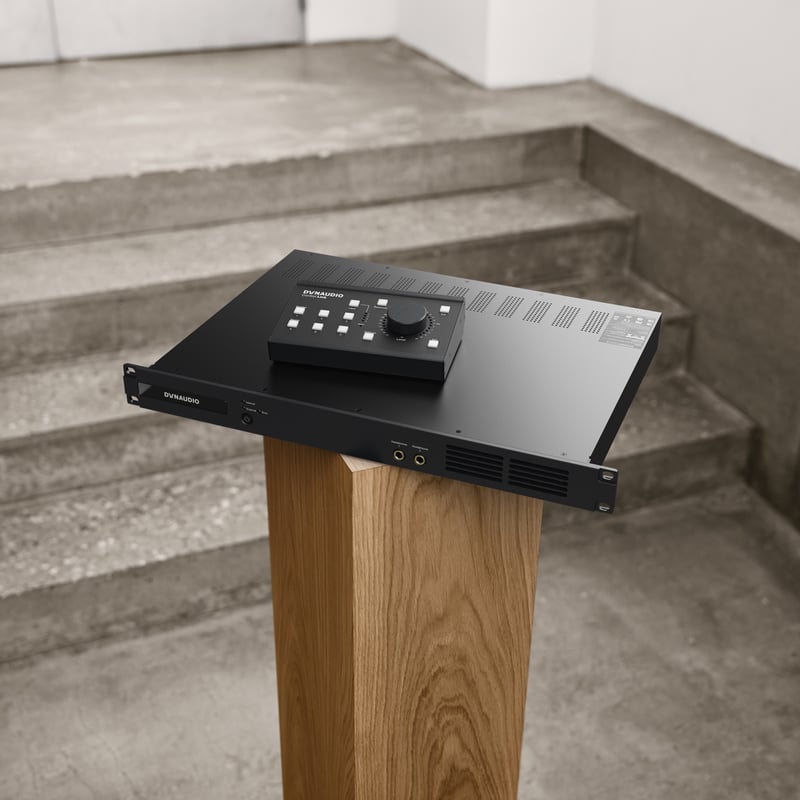Camea grew up in Seattle, Washington, in the US, and even though she was a youngster in the early 90’s during the absolute peak of the Grunge wave that emerged right in her backyard, she was drawn towards completely different kinds of music. In those years, Camea studied piano and clarinet and played in both Jazz and Classical ensembles.
Then, by the late 90’s when Camea was in college, she and some friends heard about an all-night warehouse party in Vancouver, Canada, which was just a few hours away by car. They decided to go, and according to Camea, she fell in love with Electronic Music right away.
Obviously, EM is a wide palette, so we were interested to hear more about which niches in specific Camea was digging during those early years. What drew her in and inspired her to start producing electronic music herself?
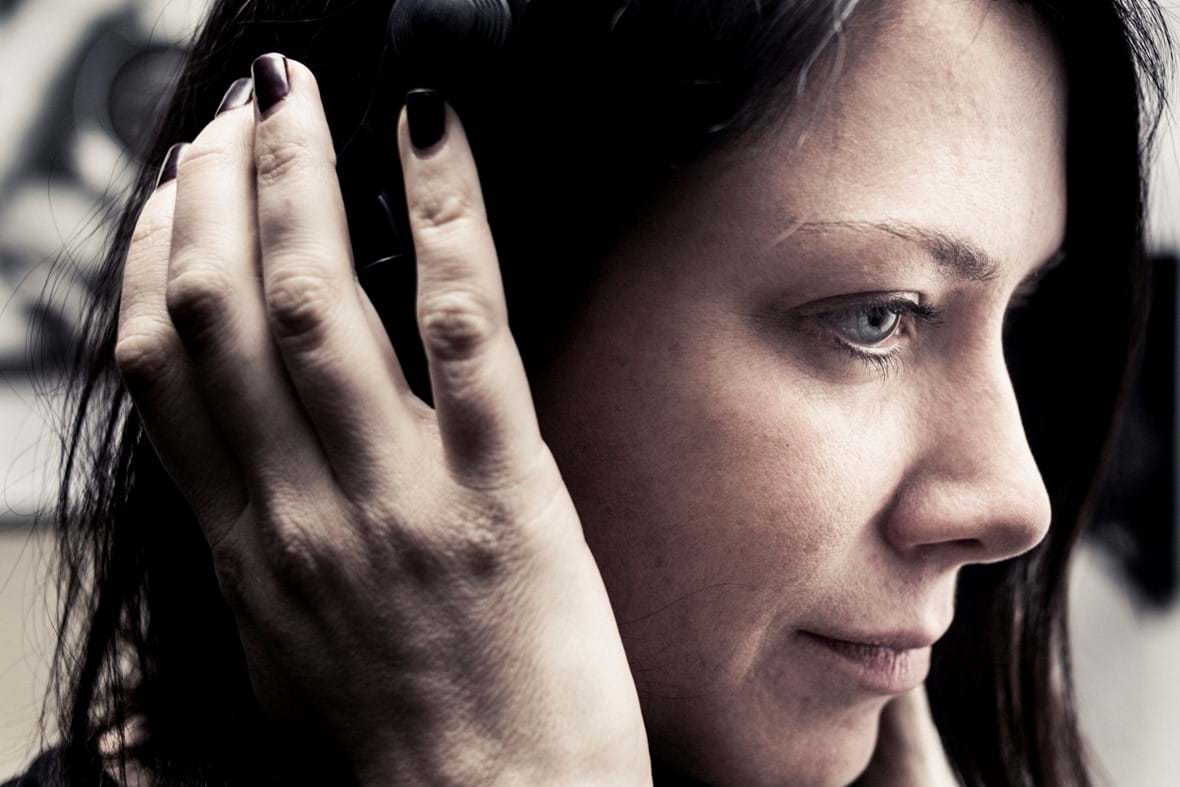
“I listened a lot to Chicago House, but also to San Francisco House music and Trance. It was all very rave-y back then and we were pretty hardcore ravers,” says Camea. “If I should mention one artist, who really had an impact on me in those early days, it would be the first female DJ I ever saw: Jackie Christy from Nervous Records in New York. She came out to Vancouver probably the second or third time I went there and she opened with this Aretha Franklin remix R-E-S-P-E-C-T in a hardcore New York House version. I am sure that if I heard it today I would find it terrifying to listen to (laughing), but in the moment back then, seeing her up there, I was just hooked and wanted to do the same. It totally changed my life.”
I am constantly learning new stuff and new techniques that makes me take on new creative approaches all the time.
Camea,
The Dream is on. Time to Move on.
So now that there was no way back, how is it possible to stay ahead of the curve in a far corner of the country? “One of the accesses that I had to international electronic music was the Global Underground Mix City, so I bought those and listened to stuff like ‘Darren Emerson Live in Uruguay’ and ‘Danny Tenaglia Live in London’. I would lie in bed at night and just listen and imagine what it would be like to travel around the world as a DJ. And even though I was still in Seattle and had a day job, I just knew in which direction I wanted to go, so in 2002 I moved to New York with nothing but a suitcase and a bag of records.
There, I started hosting my own parties in the Lower East Side, and even though mentally, it happened on day one – the day I decided to DJ – it was probably during those years the real transition from hobby to professional happened.
Another key stepping stone on the way was when Kevin McHugh (aka Ambivalent and LA-4A) and I did a radio show called The Nerd Tank on the East Village Radio that was live every Friday night. This gave me more international exposure and booking requests started coming. Soon, touring and traveling in Europe became reality and that was the final point in the transition where I could finally quit my day job. And eventually, in 2007, I made the move to Berlin.”
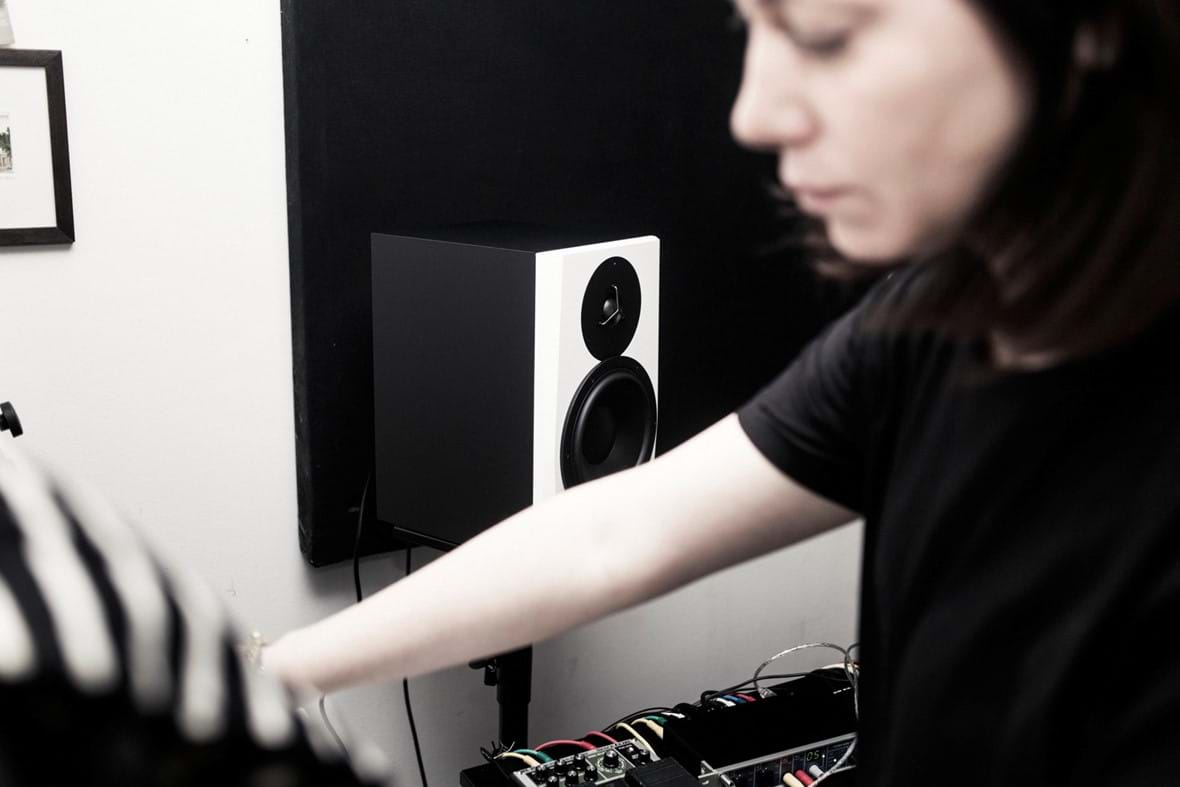
Don’t be afraid to ask for advice. At the end of the day, it really comes down to including others rather than excluding them.
Camea,
Going Out. Yet Staying In.
Today, Camea is touring all over the world, and she spends most weekends traveling and DJ’ing. Having to work on new tracks and prepare on the weekdays, she found leaving the apartment every morning something of a drag, so eventually she took a radaical decision and decided that if she was reluctant to move, the tools she needed had to come to her.
“I used to have my studio away from home for about 4 years – in the BPitch Control office. I think that both cases – having the studio in your home or away from home – present some challenges, but for different reasons, though. For instance, when my studio was outside of my house, when I was touring on the weekends, I would come home and really just want to, well, be home. But at the same time, I also really wanted to be in the studio, so I often went there even though I was tired and maybe just got half a day of good work done anyway.
That was why I decided to bring the studio to my home so I can make music whenever I am really inspired. It could be like 2 in the morning, or if I am jet-lagged it’s easier to just take a few hours of rest in the middle of the studio work. Ultimately, it was also to take better care of my mental health, as I tour a lot and just need that freedom and flexibility in my life.”

It all makes good sense to us, but we were also curious to know how Camea is coping with the temptations of just being at home and avoid ending up on the couch streaming Netflix or hanging out at a nearby coffee shop.
“That’s not really the challenge for me. I love my job and making music is still so exciting. The challenge to me is sometimes more to actually leave the house. You know, I can sometimes get locked into a routine of waking up, getting coffee, firing up the studio and then at 6 pm I’m like “Nah, I’m not gonna go anywhere tonight.”
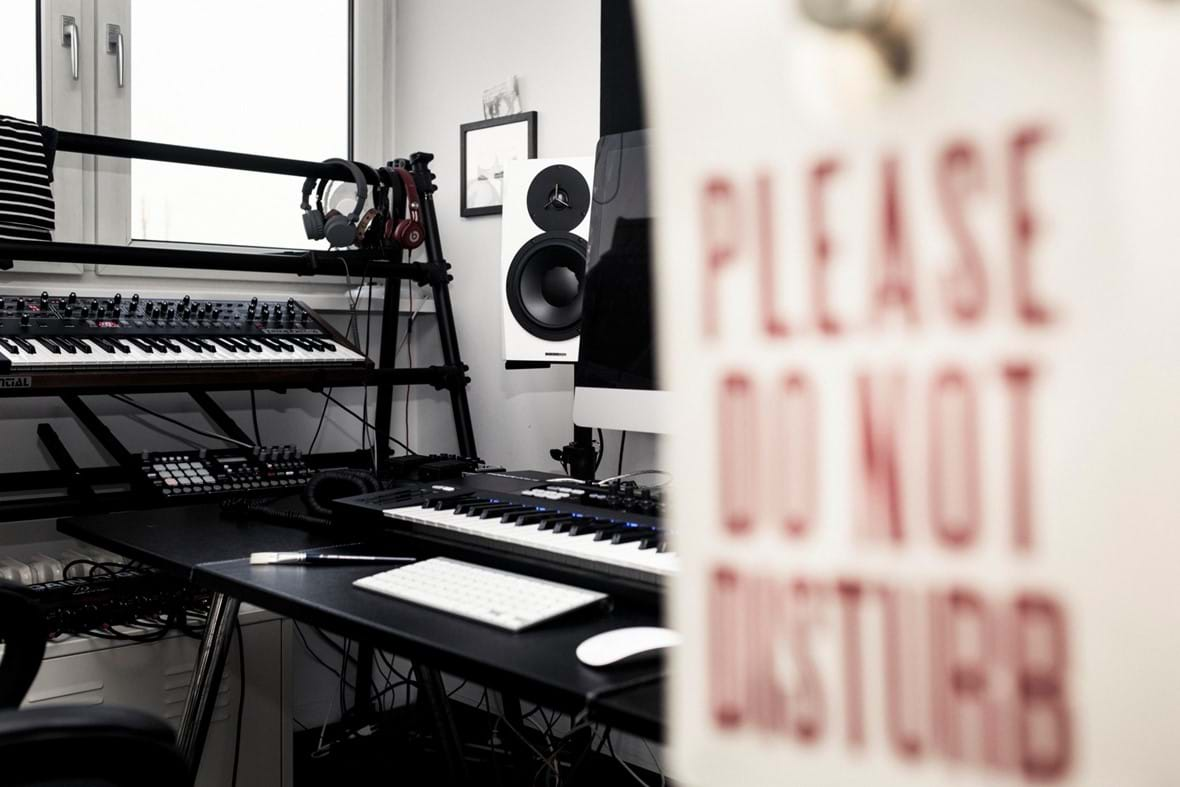
When you decide to work, then work. You can Instagram, feed your cat and do the laundry later.
Camea,
Also, I would say that it’s important for me to design an actual work schedule. You know, setting a specific time for when you want to be ready to start working in the studio. It may not work for everyone, but for me it definitely does, so I would recommend that to others as well. At first, maybe you don’t need to do like 8 hours of studio work a day, but if you decide to have some quality time in the studio from, say, 10am to 1pm, commit to that and cut all connections to the internet and the social media distractions that come from it. In general, don’t try to multitask. When you decide to work, then work. You can Instagram, feed your cat and do the laundry later. Also, to me at least, a morning routine is really important. I allocate around 20 minutes each morning to do Yoga, which really helps me get focused, ready and off the couch.
Ultimately, I need ambience; a peaceful environment that allows the daylight to come in. I need to be able to look out a window from time to time, which helps me keeping calm and inspired throughout the day.”
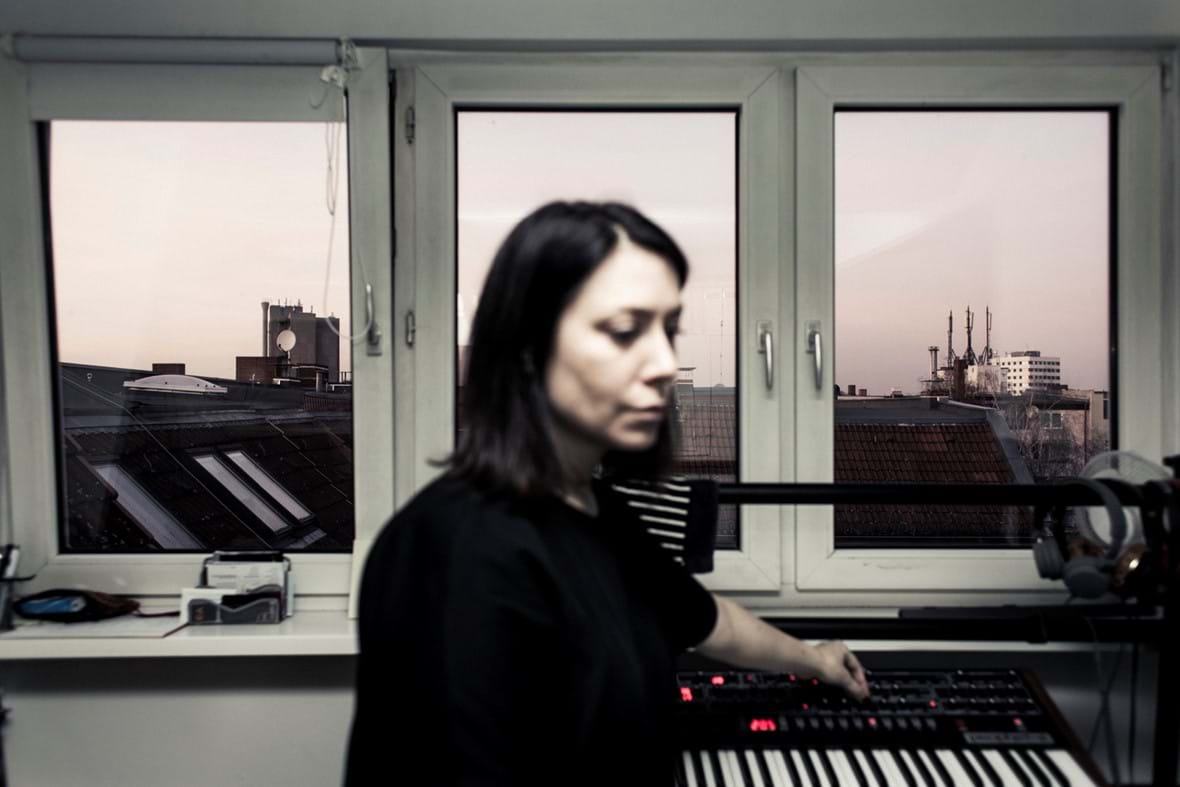
Inspired by Gear
As our conversation evolves it becomes clear that Camea is more into music than gear just for gear's sake. To Camea, the pieces of gear she uses are just means to reach a certain musical expression and goal. However, she takes gear very seriously and always seeks to get the most out of it, which includes serving a higher purpose – as sources for inspiration.
“Gearwise, I am constantly learning new stuff and new techniques that makes me take on new creative approaches all the time. You know, one week it may be all about the sequencer on my Prophet 6, and the next I’m deep in my Elektron Analog Rytm drum machine, learning new techniques in that field. So, I usually let that guide in which direction my productions go. Because I often get very obsessed about a certain tool and let that inspire the track that I am working on at the time. I guess I have never really had a ‘same way of doing things’. I just mess around and kind of see what happens.
One thing has changed permanently, though. I no longer use sampled loops. My drum machine has 4 outputs and I can control each drum part in Ableton Live on separate channels to create my own loops. I used to rely on sampled loops for years, but now I prefer to create my own from scratch.“
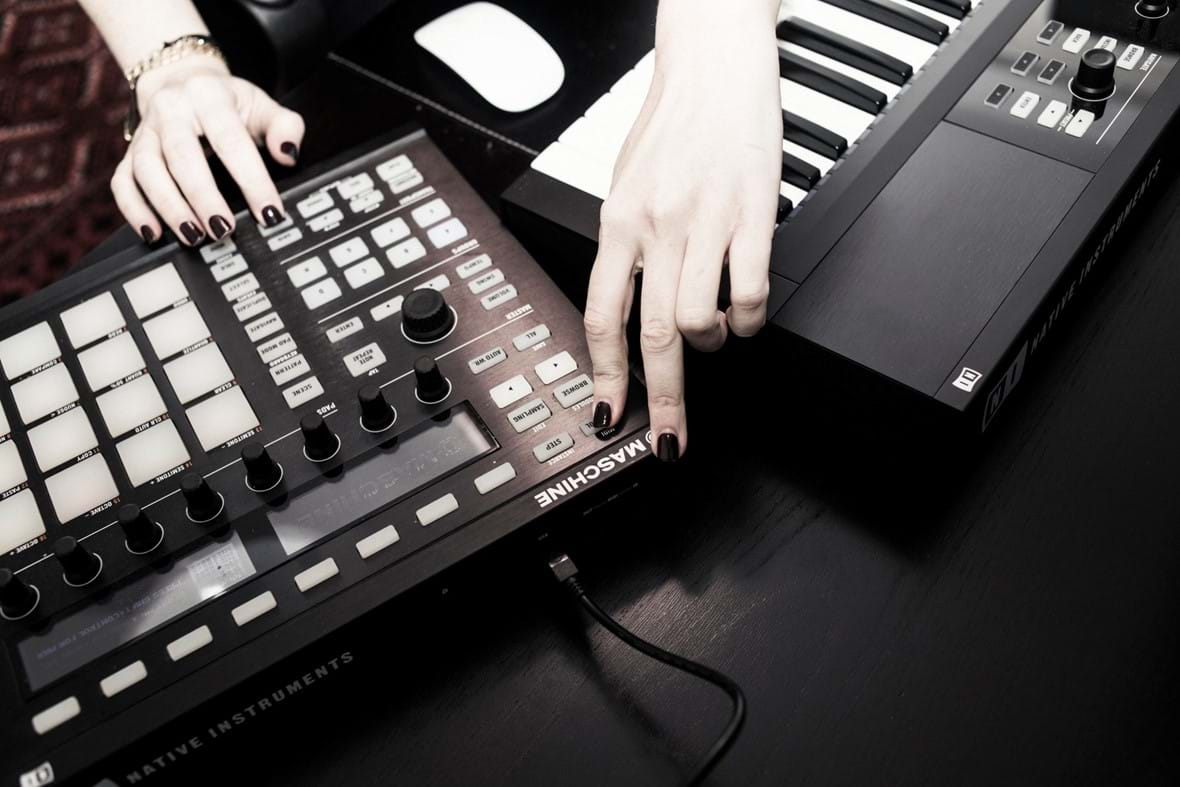
Get to know your gear really, really well, and often you will find that you don’t need much else than what you already have.
Camea,
Also gear-related, we asked what Camea’s favorite pieces of gear is today. “I don’t know if I have a favorite single piece of gear, but the Prophet 6 synth from Dave Smith was my first analog synth and it was a game-changer. Up until then I had only used software instruments, but now when I compare they just can’t compete anymore.
Generally, I like to keep it simple. I mainly use the Prophet, Elektron’s Analog Rytm drum machine and occasionally some stuff from Native Instruments Komplete. Oh, and right now, I am very happy about the Soundtoys effect plug-ins. They sound great and have a really nice user interface. The same goes for Eventide’s Blackhole reverb, but again, I really try to keep it simple and not have too much gear. The gear that I do have, however, I really want to explore and learn how to use it. I spend a lot of time doing that. And that would also be an advice I would give to others. Get to know your gear really, really well, and often you will find that you don’t need much else than what you already have.”

No one knows everything so read the manuals and check out YouTube tutorials. These days, all the answers are right I front of you.
Camea,
Creating Tracks
With a super busy schedule and plenty of traveling days, time in the studio is precious so we asked how long it would typically take for Camea to get from the initial idea to a finalized track.
“Well, some tracks just seem to come out and can be done in half a day, whereas others can take several weeks, which is usually due to over-producing. You know, at some point I just realize that I should probably just walk away. But on average, I would say 3 to 4 days from idea to final arrangement.
Speaking of which, to me arranging tracks is always super exciting. The first 85% of the way is usually easy, but then those last 15% where you’re really trying to nail those tiny changes that just keep it interesting is just such a crucial stage of the production. I mean, you can very easily over-produce the track and totally ruin it, or under-produce it, not doing enough. That part is always challenging, but when you get through and the result is great, it’s just an amazing feeling.
There is, however, one more thing I need to do before I know a track is ready for the final mixing. I need to send it to my friends and to get some feedback. Sasse, my mixing engineer at Blackhead Studios, is one of them, but I have a whole network of producer friends that are really good and produce great records of their own. It’s scary, you know, you can tell if people are just being nice, or over-critical for that matter. Sometimes, I get great feedback right away and at other times I can easily sense that I am not impressing anybody. And, you know, it can be tough getting negative feedback on something you have been working on and sweating over for four days. But reality is, I can’t really finalize a track without bouncing it off some other people first.
But once I have an arrangement that I am happy about, I take it to Sasse and Blackhead Studio, which would typically add another half day to the overall production time.”
You can very easily over-produce a track and totally ruin it. Or under-produce it, not doing enough, but when you get through and the result is great, it’s just an amazing feeling.
Camea,
Tips & Tricks
We wondered what Camea’s best advice would be to others who consider getting into producing Electronic Music.
“No one knows everything so read the manuals and check out YouTube tutorials. These days, all the answers are right I front of you. No matter how weird you may think one of your questions is, someone out there has made a tutorial that will help you out. I haven’t really done a lot of co-production work with other producers so I’m pretty much self-taught. Reading manuals and learning by doing has been key.
But also, especially if you work on your own, use your network. To me, Sasse is a great resource to have to bounce ideas off, and I usually learn a lot during that process. You know, when you’re sitting alone the learning curve is often pretty steep and you spend all this time on studying manuals or finding tutorials on Google and YouTube. So for that reason, try to find someone to just discuss ideas with and learn new techniques from.”
Camea also founded a handful of record labels over the years. One of them was ‘Clink’ back in 2005 and it became pretty well known in those days when Minimal was really hot, so we felt it was a no-brainer to wrap up asking for her best advice when it comes to navigate the world of labels in Electronic Music.
“It’s tough. Even as an established artist, it is hard to cut through the jungle of new releases. I would say that before you start a label, take time out of your schedule to sit down and create a long-term business plan – and not least a PR plan for how to get the word out there.
Also, you should choose wisely when it comes to your investments and only release stuff that you really believe in. Don’t oversaturate the market with mediocre tracks, but try to only put the best and unique work you have out there – tracks that are special and interesting enough to find their own niche within the market.
And finally, find some good people to work with and don’t be afraid to ask for advice. At the end of the day, it really comes down to including others rather than excluding them.”

Only release your best and unique work. Tracks that are special and interesting enough to find their own niche within the market.
Camea,
We sure like that advice and guess it also applies to a lot of other aspects of life. Using the day in the great company of Camea was certainly time well spent, and we look forward to following her career in the years to come.
In the meantime, and while in the Camea kind of groove, why not wrap up this session with Camea's own 2016 Recap Playlist!
The history of music technology is peppered with breakthroughs that freed people from constraints. Radio meant no longer physically having to go to a live performance if you wanted to listen to music. Vinyl gave people the option of playing records they owned rather than being stuck listening to whatever was on the radio at the time. Then cassettes made a personal music collection portable, so you could listen to it anywhere.
We’re now deep in the digital era, untangling recorded music’s historical link with physical media – and things are changing at speed. Just 15 years ago, people were excited to own a device the size of a deck of cards that stored a thousand songs. Now, countless pieces of internet-connected hardware offer instant access to tens of millions of music tracks.
Modern streaming services – TIDAL, Spotify, Apple Music et al – are the culmination of two decades of cutting-edge technological achievements, evolution and iteration. Their architects have unpacked and developed audio file formats, delivery platforms and smart algorithms, and sharp-eyed businesspeople have converted that vision into the subscription models we know today.
MP3 was the first strand to arrive. The end result of years of research into lossy algorithms, MP3 could approximate lossless audio (WAV; AIFF) but required a fraction of the storage space. And as people ventured on to the internet in increasing numbers at the tail end of the 1990s, MP3 heralded the dawn of a music revolution.
Sign up to get more great articles
Nothing compares to the satisfaction of knowing – for a fact – that something is as good as it gets


